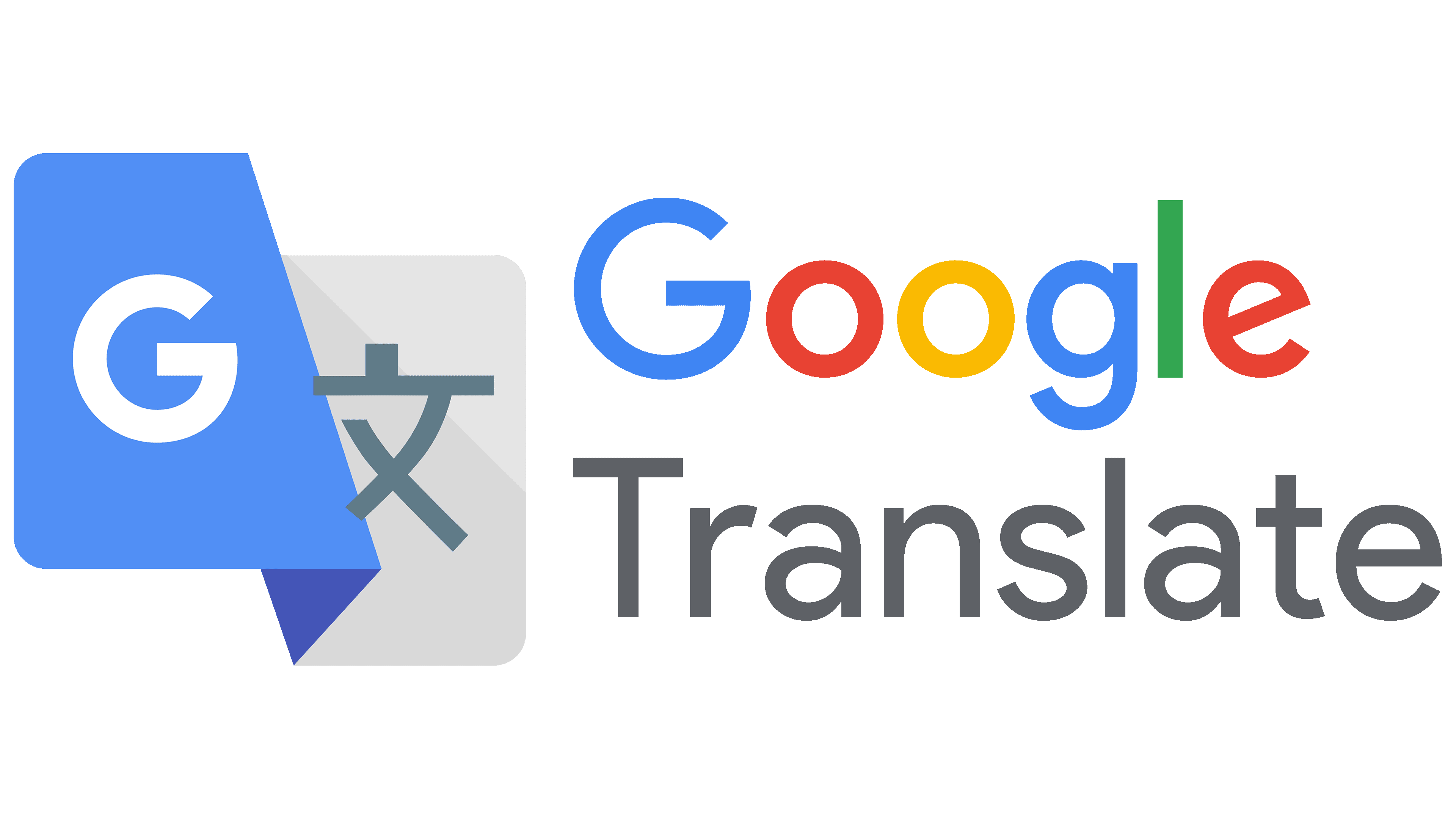Google’s Real-Time Translation: What It Means for Visual Translators

Google has recently introduced a game-changing feature in real-time translation, bringing spoken language conversion to a new level of naturalness and immediacy. This advancement, which allows users to hear translations in the original speaker’s voice and tone, promises to revolutionize communication across languages.
But what does this breakthrough mean for visual translators—tools and platforms that specialize in translating text found within images, videos, and other visual content? Let’s explore how Google’s real-time speech translation impacts the future of visual translation technology.
Understanding Google’s Real-Time Translation
At its core, Google’s real-time translation uses cutting-edge technology to convert spoken words from one language to another instantly. Unlike traditional machine translation that relies on text, this system preserves the speaker’s voice, intonation, and emotional tone, making the experience far more human and engaging.

Currently, this feature is available in Google Meet, helping participants from different countries communicate smoothly without language barriers.
The Role of Visual Translators in a Multilingual World
Visual translators focus on a different but equally important area: translating text embedded in images, graphics, videos, and scanned documents. This type of translation is crucial for:
- Global e-commerce, where product images and labels need translation.
- Travel and tourism, for signs, menus, and guides.
- Education, where textbooks and infographics require localization.
- Social media and marketing, where visually rich content is king.
Google’s real-time speech translation does not replace this need, as it does not currently support translating text from images or other visual formats.

Why Visual Translators Still Matter
Visual translation tools like ImageTranslate offer capabilities that speech translation cannot:
- Text extraction and translation within images
- Maintaining the original layout and design of visual content
- Supporting multiple languages for global reach
- Allowing users to translate screenshots, posters, and marketing creatives instantly
For businesses and individuals operating in a visually-driven world, these features remain essential.
How Google’s Update Benefits Visual Translation Platforms
Though Google’s real-time speech translation focuses on audio, it signals a broader push toward seamless multilingual communication. This opens doors for visual translation platforms to:
- Explore integrations with speech recognition for a combined audio-visual translation experience.
- Enhance user experience by offering complementary tools addressing all translation needs.
- Innovate faster by leveraging improvements in AI and machine learning driven by such industry breakthroughs.
Looking Ahead: The Future of Translation is Multimodal
The future will likely see translation tools that handle multiple input types—spoken words, text, and images—working together to provide smooth, instant understanding across languages. Visual translators will continue evolving, becoming faster, smarter, and more context-aware.
This multimodal approach will help businesses and users break down barriers and connect more deeply with diverse audiences worldwide.
Conclusion
Google’s real-time translation is a powerful step forward in breaking language barriers, especially in spoken communication. However, visual translation remains a crucial piece of the puzzle, serving needs that speech translation alone cannot meet.
Platforms like ImageTranslate will continue to play an essential role in translating the visual world, complementing innovations in speech translation and bringing us closer to truly universal communication.

